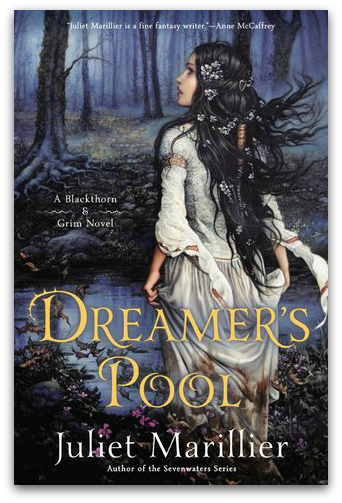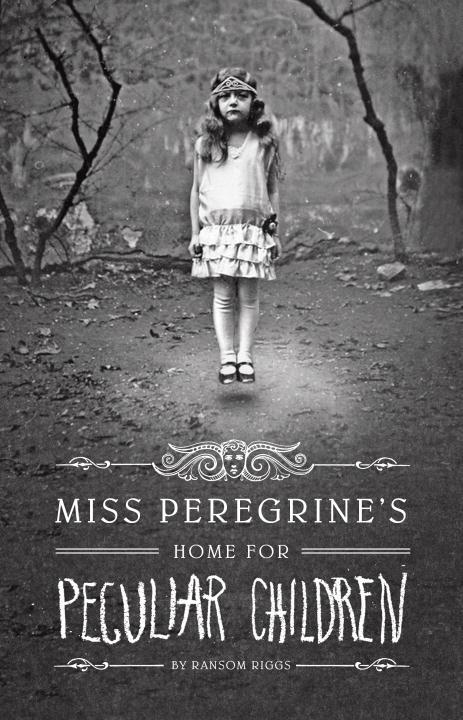Synopsis: A rare meeting of literary genius: P.
D. James, long among the most admired mystery writers of our time, draws the
characters of Jane Austen’s beloved novel Pride and Prejudice into a tale of murder and emotional
mayhem.
It is 1803, six years since Elizabeth and Darcy embarked on their life together at Pemberley, Darcy’s magnificent estate. Their peaceful, orderly world seems almost unassailable. Elizabeth has found her footing as the chatelaine of the great house. They have two fine sons, Fitzwilliam and Charles. Elizabeth’s sister Jane and her husband, Bingley, live nearby; her father visits often; there is optimistic talk about the prospects of marriage for Darcy’s sister Georgiana. And preparations are under way for their much-anticipated annual autumn ball.
Then, on the eve of the ball, the patrician idyll is shattered. A coach careens up the drive carrying Lydia, Elizabeth’s disgraced sister, who with her husband, the very dubious Wickham, has been banned from Pemberley. She stumbles out of the carriage, hysterical, shrieking that Wickham has been murdered. With shocking suddenness, Pemberley is plunged into a frightening mystery.
Inspired by a lifelong passion for Austen, P. D. James masterfully re-creates the world of Pride and Prejudice, electrifying it with the excitement and suspense of a brilliantly crafted crime story, as only she can write it.
My thoughts: I
gotta say this is the first time I’ve read a kind of spin off from a book so
dear to me, and It disappointed me. I’m not used to mystery books first of all,
but because it’s related to Pride and Prejudice, I got very high expectations
for it.
I liked the way the writer
conducted the story, it was very organized and straightforward, and I’m glad
that she kind of kept, as much as she could, Jane Austen’s style. Also, the way
she linked all Jane’s worlds was very well executed: P. D. James connected
Wickham with the Elliots, from Persuasion
and the Knightleys, from Emma.
In the beginning of this book, James explains what happened after Darcy and
Lizzie’s “happily ever after”: they have two boys, Fitzwilliam and Charles; the
Bingleys visit always, since they live close to one another; Mary got married
(yes, it was a shock for me too); Kitty remained single, and was happy to
remain as an aunt; even Lady Catherine de Bourgh became softer and a little
better mannered towards Elizabeth.
However, I have a lot of
disappointments with this one: it lacked the element of tension for me, the
culprit was a very pathetic one, obviously the main suspected wouldn’t be
hanged in the end because he is a key-character in the original Pride and
Prejudice novel, and his death would be very criticized by the whole world and
fan base of the first book, no matter how idiotic the same character was. Also,
the end was very lame, and don’t worry, guys, because it’s no spoiler what I’m about
to say: Mr. Darcy brings back all the suffering and everything that happened
six years before their marriage – which is the whole novel of Jane – , with no
need at all.
Looking at the end, although it
was a lovely reading, I don’t think I would read it again, and it’s not likely
that I would read another book from the same author. I know that a TV series
was recently made based on this book. I intend to watch it ASAP, but I don't look very forward to it. The trailer is down here, if you want to watch it!
Rate:







